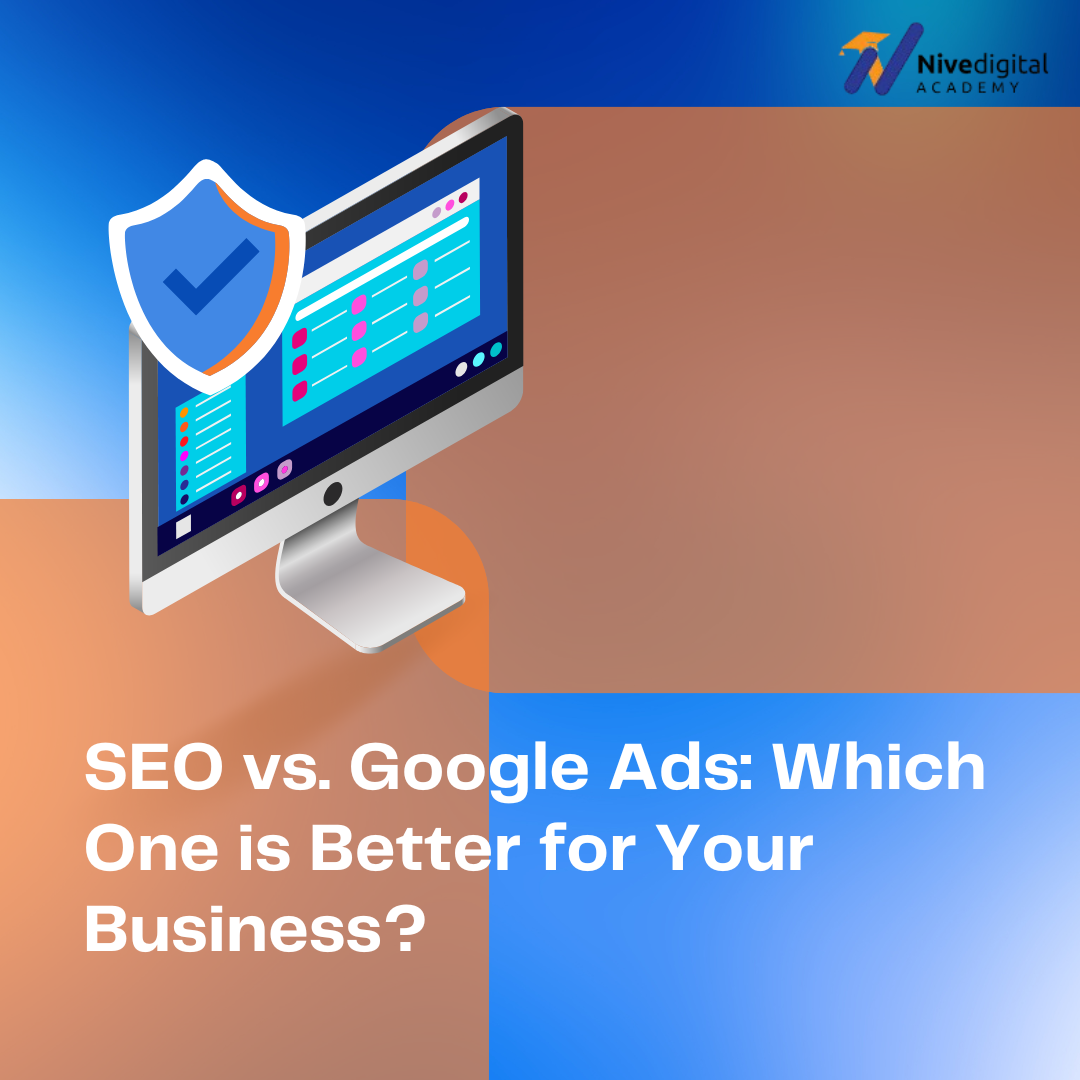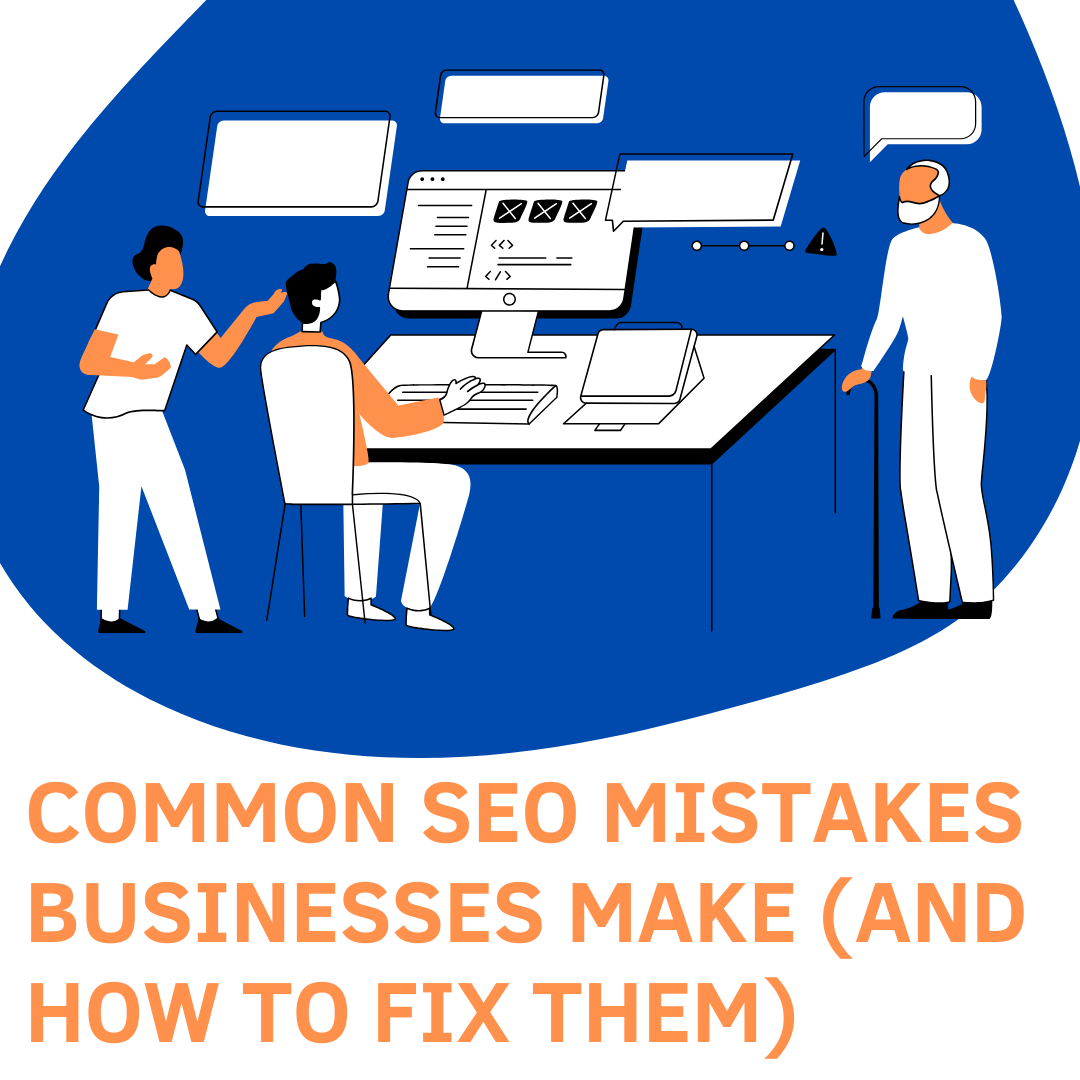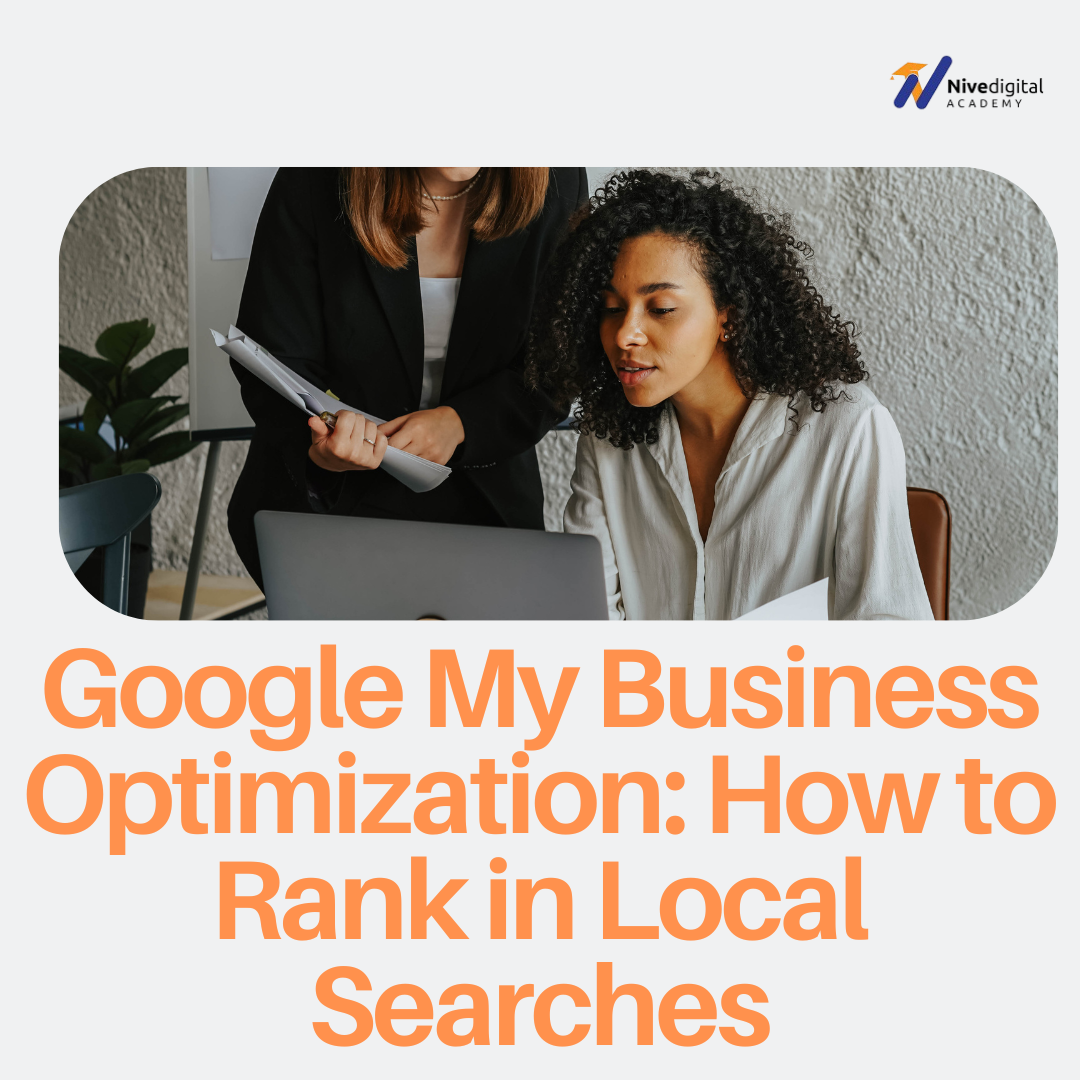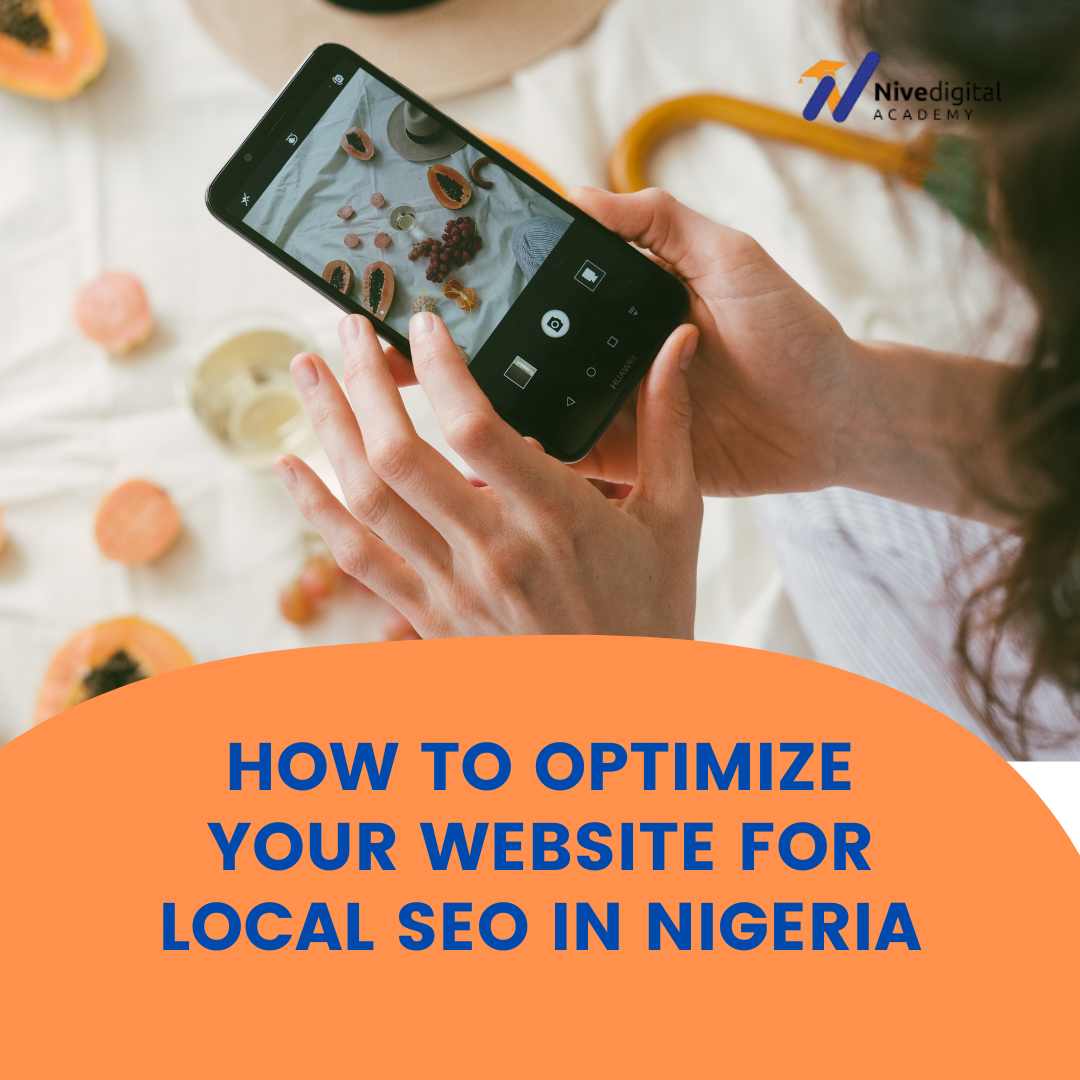SEO vs. Google Ads: Which One is Better for Your Business?
If you want more people to find your business online, you’ve probably heard about SEO (Search Engine Optimization) and Google Ads. Both can help bring in customers, but they work differently. The right choice depends on your goals, budget, and how quickly you need results. Some businesses rely entirely on SEO, while others use Google Ads for immediate results. Many successful companies use both strategies together. This guide will break down the key differences, benefits, and best use cases for each option so you can decide which is best for your business. What is SEO? SEO is the process of optimizing your website to rank higher in search engine results without paying for ads. The goal is to attract organic traffic—people who find your business naturally when they search for something related to your products or services. Search engines like Google, Bing, and Yahoo rank websites based on factors like relevance, speed, user experience, and content quality. If your site is well-optimized, it will appear higher in search results, bringing in more visitors. How SEO Works SEO includes various strategies to improve your website’s ranking: SEO is a long-term strategy that requires patience. It can take weeks or months to see results, but once your website ranks high, it can bring consistent, free traffic without ongoing costs. What is Google Ads? Google Ads is a paid advertising platform where businesses can display ads at the top of search results. When users search for specific keywords, your ad appears above the organic results. You only pay when someone clicks on your ad (this is called pay-per-click or PPC). Unlike SEO, which takes time, Google Ads can bring instant traffic. If you want fast results, ads can help you reach your audience immediately. How Google Ads Works Google Ads works through a bidding system: Google Ads allows you to target specific locations, demographics, and even devices, giving you full control over your advertising. Key Differences Between SEO and Google Ads Feature SEO Google Ads Cost Free traffic, but requires time and effort Pay per click (PPC) Speed Takes months to see results Immediate results Long-Term Value Traffic lasts longer Stops when you stop paying Trust & Credibility More trusted by users Labeled as “Ad” Click Potential Higher over time Instant but fewer clicks Best For Long-term growth Quick sales and promotions Both SEO and Google Ads have their own advantages, so choosing one depends on your business goals. Benefits of SEO 1. Free, Long-Term Traffic Once your website ranks high, it brings in visitors without ongoing costs. Unlike Google Ads, where you pay for each click, SEO allows you to generate free organic traffic over time. 2. Builds Trust and Credibility People trust organic search results more than ads. Websites that appear naturally in Google’s top results are seen as more reliable. Having a strong SEO presence helps build credibility for your business. 3. Higher Click-Through Rates (CTR) Studies show that users click on organic results more often than paid ads. Many people scroll past ads and go directly to the first few organic search results. 4. Good for Evergreen Content SEO is great for websites with informational content, such as blogs, guides, and tutorials. If you regularly publish helpful content, your site can continue attracting visitors for years. Benefits of Google Ads 1. Instant Traffic and Results If you need traffic immediately, Google Ads is the best option. Unlike SEO, which takes time, ads allow your business to appear at the top of search results right away. 2. Highly Targeted Advertising With Google Ads, you can target specific locations, age groups, devices, and even times of the day. This makes it easy to reach the right audience and maximize your ad budget. 3. Full Control Over Budget Google Ads lets you set daily budgets and adjust them anytime. You can increase spending for high-performing ads and stop or modify low-performing ones. 4. Great for Promotions and New Products If you have a limited-time offer, seasonal sale, or new product launch, Google Ads can drive immediate traffic and conversions. Which One Should You Choose? For the best results, many businesses use both SEO and Google Ads together. Google Ads brings fast traffic, while SEO builds a steady stream of visitors over time. If you have the budget, combining both strategies can maximize your online presence. How to Combine SEO and Google Ads for Maximum Results If you want to grow your business online, using both SEO and Google Ads together is the best approach. Here’s how: Conclusion Both SEO and Google Ads are powerful tools for growing your business online. SEO helps you build long-term trust and organic traffic, while Google Ads provides instant visibility and fast results. If you want a sustainable and cost-effective approach, focus on SEO. If you need quick leads or sales, use Google Ads. The best approach is to combine both to maximize your traffic and business growth. Investing in the right strategy will help you reach more customers, increase sales, and grow your business successfully.





